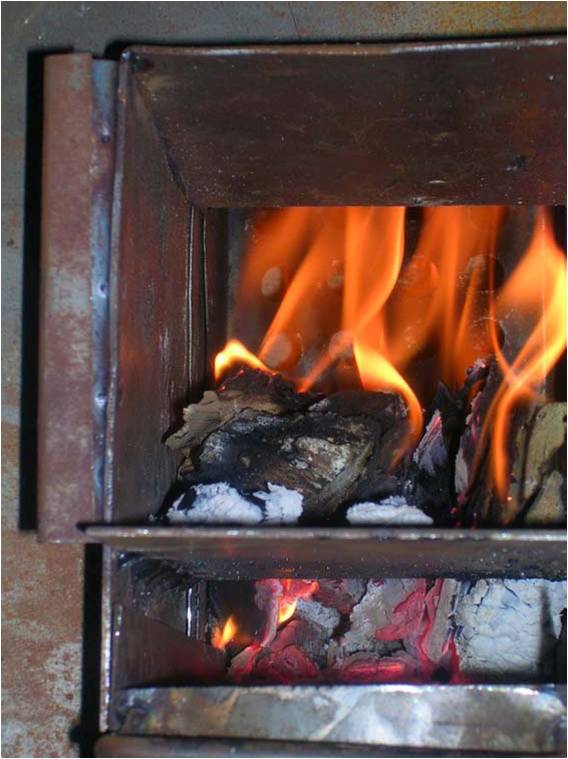Installation of Improved Metal Cooking Stoves in the Khumbu Region: Field Visit Reports (3)
Sustainable Technology Adaptive Research and Implementation Center, Nepal Sjoerd Nienhuys, SNV-Nepal January 2005
Attached reports:
(1 of 3)
(2 of 3)
(3 of 3)
1. BACKGROUND
The majority of people in Nepal live in rural areas (88%). From the total energy requirements of the country, the rural areas account for 80%, mainly used for cooking. Almost all rural energy consumption (98%) is from traditional biomass resources, such as fuel wood, agricultural residues and animal dung. Accessibility to the electric grid by rural people is very limited, while LPG gas and kerosene oil in the high altitude and remote areas is relatively costly due to the high cost of
transport. Therefore, people living in remote areas depend heavily on forest resources to meet their demand for cooking energy.
In high altitude areas fuel wood is needed for cooking and space heating; the amount increasing with the altitude and colder temperatures. This results in continuous forest degradation, nutrient depletion from soils (by burning agro waste and cow dung), low agricultural outputs and soil
erosion. Together, these aspects result in a further reduction of accessibility to fuel wood.
Especially in high altitude areas, WWF-NP seeks methods to reduce the overall demand of firewood and stimulates activities such as the development of better, more efficient cooking stoves. Other energy conserving measurements include: thermal insulation of buildings, passive
solar energy for houses and the development of greenhouses and biogas reactors for high altitudes. The Netherlands Development Organisation (SNV-Nepal), in conjunction with the Alternative Energy Promotion Centre (AEPC), is supporting the current programme of WWF-NP with STARIC-N in the development and dissemination of efficient cooking stoves for high
altitudes.
Two types of cooking stoves are currently being considered:
• An all-metal stove with two cooking holes and the possibility of a water heater.
• An elevated mud stove (lower cost, less heat radiation), also with a water heater.
Both stoves have chimneys. The present report is dealing with the all-metal cooking stove.
The first model of the all-metal cooking stove has a two-hole top with a sunken pot design and is based on the “rocket” or elbow principle, improving the efficiency in two ways: by improved convection (sunken pot) and improved combustion through aeration from below (elbow). In addition, the lightweight stainless steel burning chamber is insulated, creating a hotter flame and better gas combustion, also increasing the efficiency.
This design is currently being field tested to assess its acceptability by the villagers. The additional water heating facility will be developed after acceptance of the basic stove design.
Variations of the stove (three holes) can be developed at a later stage.
See attached reports.

